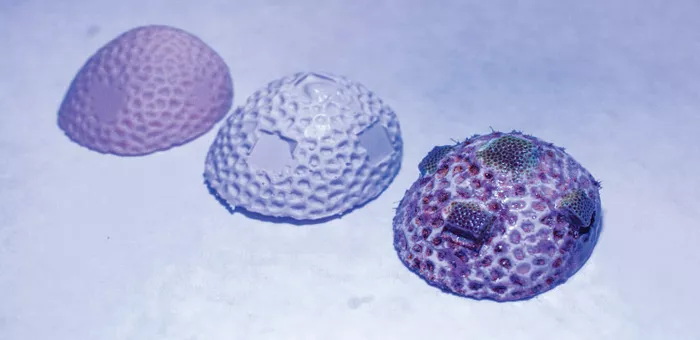Using 3D printing to restore coral reefs
Scientists are applying innovative 3D printing solutions to restore coral reefs.
A team of scientists at the King Abdullah University of Science and Technology are applying innovative approaches to 3D printing solutions in a bid to restore depleted coral reefs.
Instead of using synthetic or hybrid materials, they have developed a new approach called 3D CoraPrint, which uses an eco-friendly and sustainable calcium carbonate photo-initiated (CCP) ink that they also developed.
In the colonization process, coral microfragments are attached to a printed skeleton. There are two methods used, and both start with a scanned model of the coral skeleton.
In the first method, the model is printed and the print is then used to cast a silicon mold. The final structure is produced by filling the mold with CCP ink. In the second method, the support structure is printed directly using the CCP ink.
Both approaches offer complementary advantages. In the first method where a mold is created, while the structure can be easily and quickly reproduced, the curing process limits its size. As for the second method, direct printing is slower and involves lower resolution, but individual customization and the creation of larger structures are possible.
“With 3D printing and molds, we can get both flexibility and mimicry of what’s already going on in nature,” said Zainab Khan, the study’s lead author. “The structure and process can be as close as possible to nature. Our goal is to facilitate that.”
A paper on the team's findings has been published in the ACS Sustainable Chemistry & Engineering journal.






















